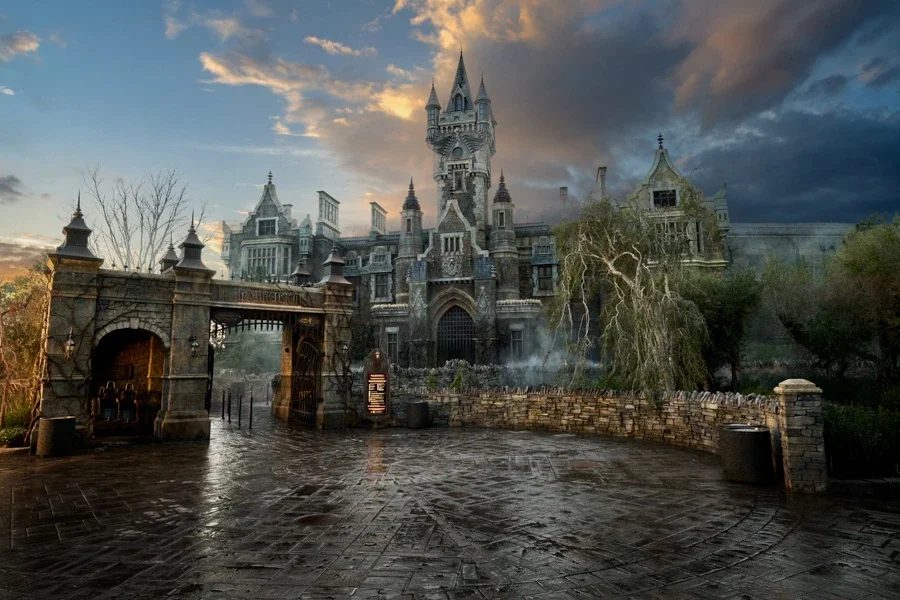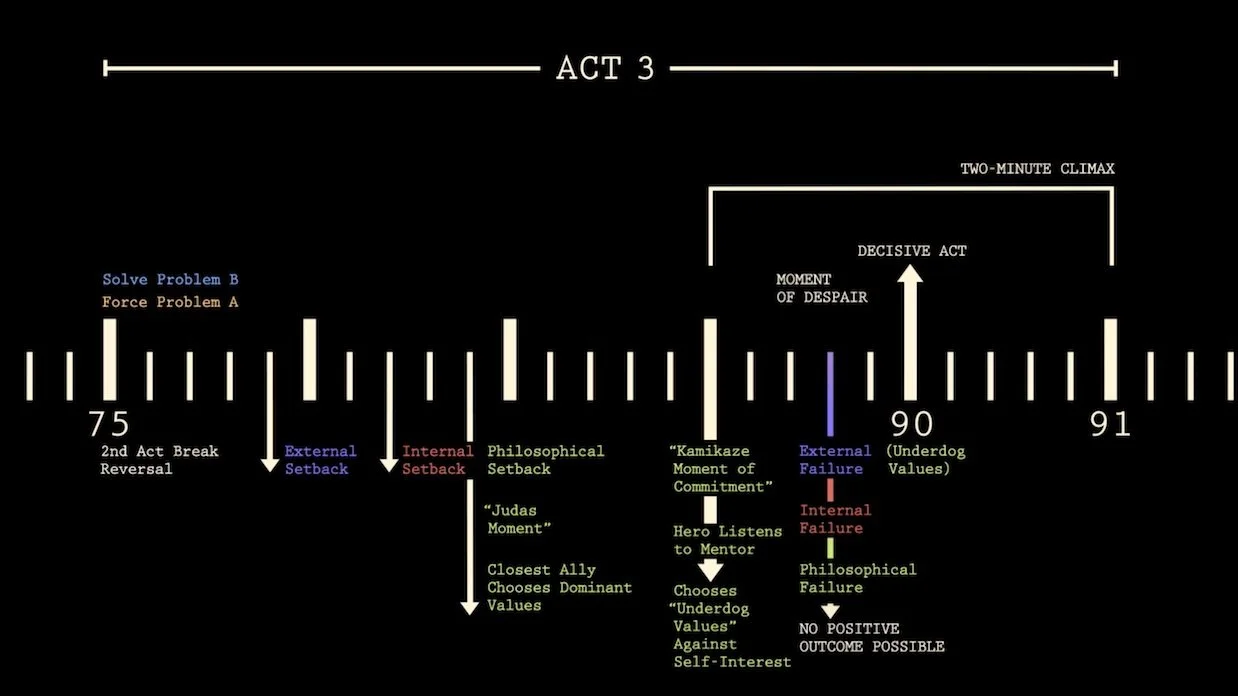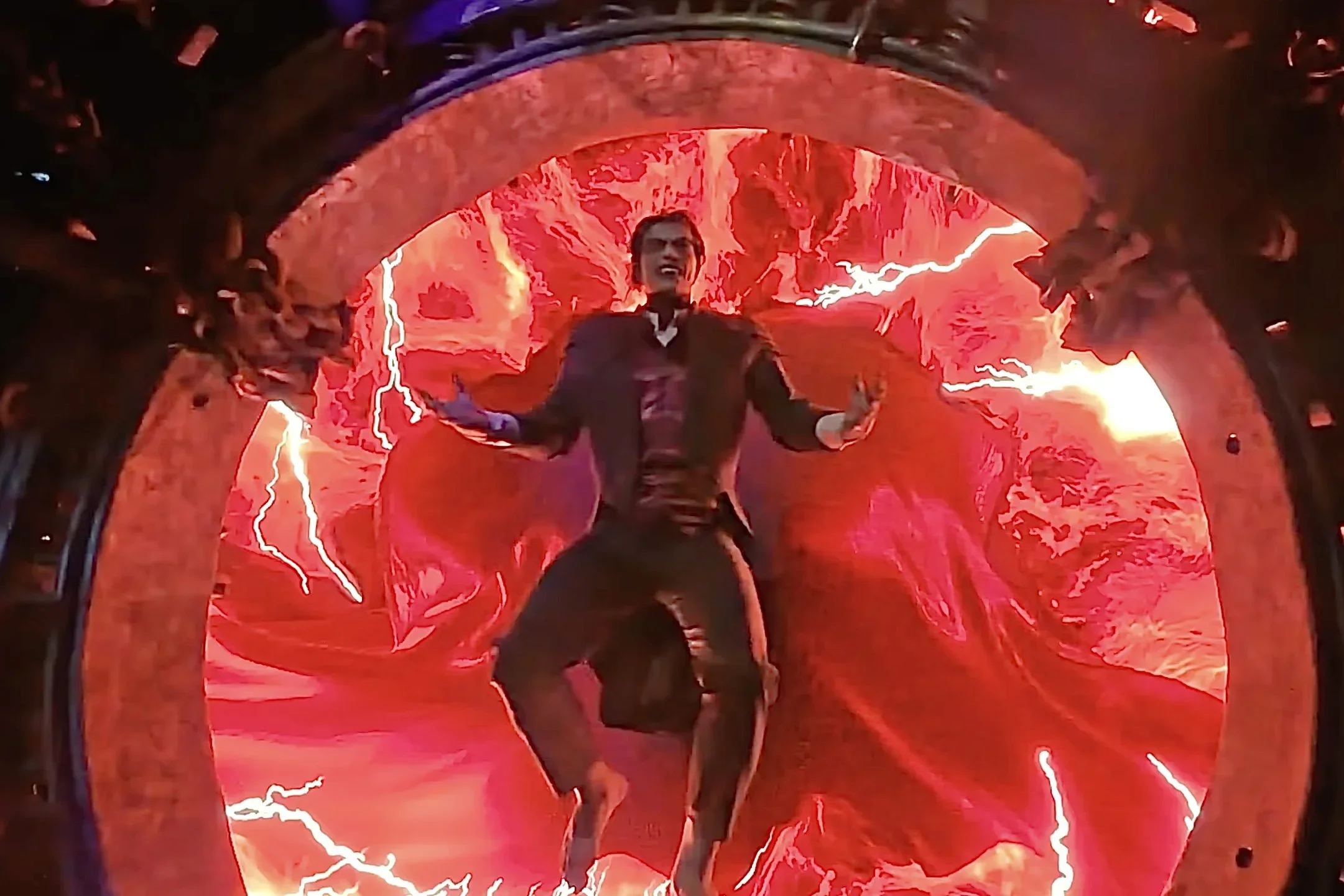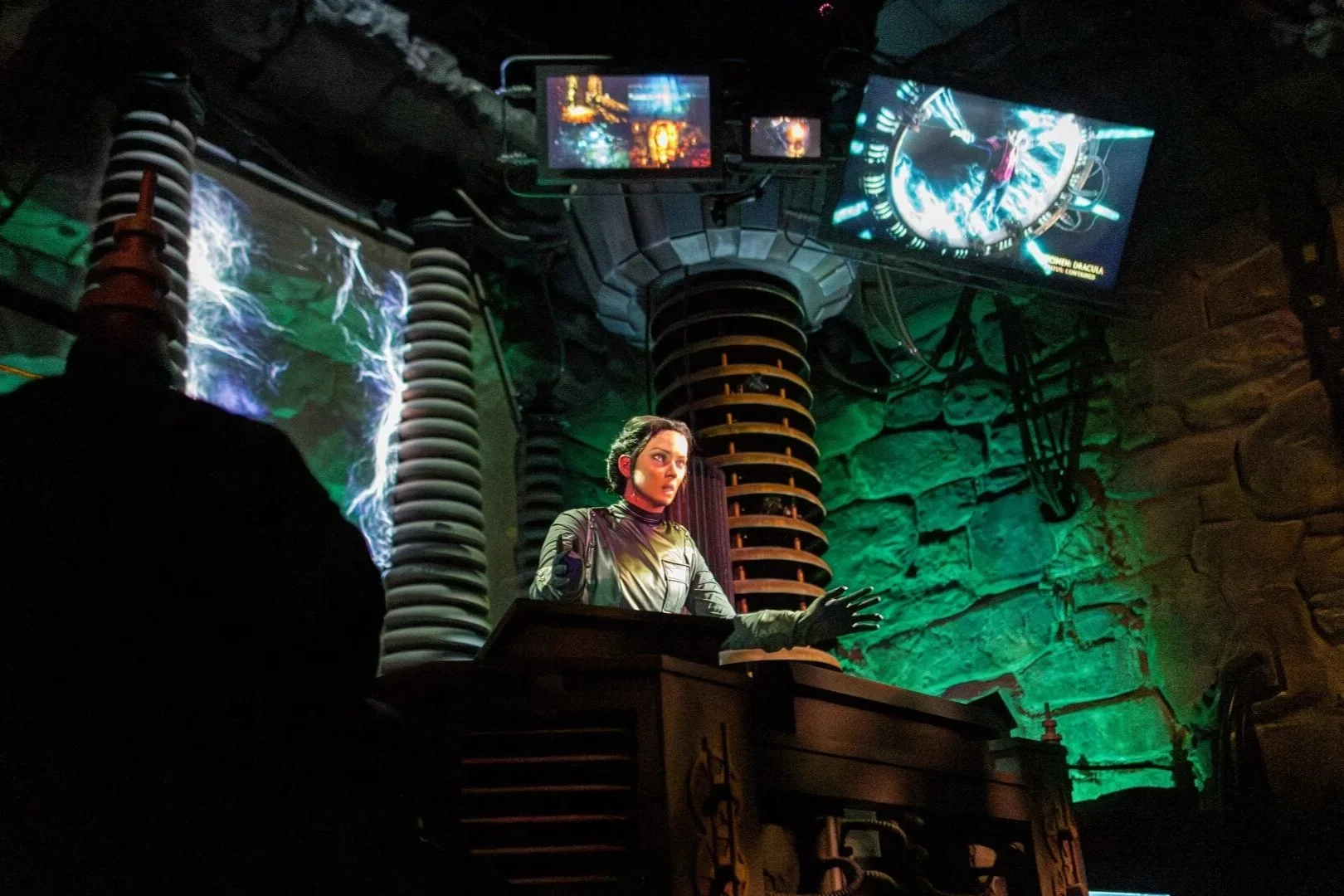The Phenomenal Writing of Monsters Unchained: the Frankenstein Experiment
The true artistic merit of theme park design, not just the cultural appeal or financial success, is often overlooked by general audiences. So many elements have to come together, the failing of any of which could result in a catastrophic end product, however the foundation of theme park development always starts with story. Epic Universe’s Monsters Unchained: the Frankenstein Experiment excels in its narrative structure to a degree rarely seen in the theme park landscape. By breaking down its components, it becomes clear why this attraction is so rich and captivating to experience.
Michael Arndt, screenwriter of Little Miss Sunshine and Toy Story 3, has several lectures on narrative structure that outline the key points of effective storytelling. He argues that there are three major story threads that deeply affecting narratives must have in order to speak to audiences on a more resonant level. These consist of external stakes, meaning what will be gained or lost in the outside world, internal stakes, meaning what will be gained or lost in the character’s emotional world, and philosophical stakes, meaning the world’s ideas and values that are in conflict within the story. Through environmental storytelling in its queue and less than four minutes of ride time, Monsters Unchained is miraculously able to convey all three sets of stakes effectively, resulting in a deeply enthralling narrative.
The external stakes of the attraction are quite clear, as the queue establishes the character of Victoria Frankenstein and her quest to track down and contain all of the classic Universal monsters. The focus of the attraction, however, lies in the fate of Dracula. As the most powerful and final piece of Victoria’s goals, the question of the external stakes essentially boils down to: “Will Victoria Frankenstein be able to defeat Dracula, also protecting the guests from harm?”
The internal stakes are where Monsters Unchained really gets interesting. As the most elusive set of stakes in this particular story it may go unacknowledged by many, but this component is crucial for a deeper understanding of the attraction. By proceeding through the queue, it becomes clear that Victoria is struggling with her place in the legacy of the Frankenstein name, having to contend with the ethical implications of her great-great-grandfather’s actions while also upholding her lineage. She studies Victor’s original monster, presumably frequents his sitting room with a picture of him above the fireplace, and establishes her guarded insecurity about her place as a Frankenstein in the opening line of the attraction.
“These catacombs stretch for miles beneath Darkmoor. Even I haven’t uncovered all the secrets my great-great-grandfather left down here.” - Victoria Frankenstein
The catacombs serve as a metaphor for the literal legacy Victor Frankenstein left behind, one which Victoria has yet to fully unravel. However, the final and most compelling method of conveying these internal stakes comes from the queue. After a slight detour through some hallways, guests must climb a staircase flanked by disturbing murals to reach a landing upon which a portrait of Victor Frankenstein is hanging. After heading further into the manor, guests cross a balcony directly opposite the landing to pass a similar portrait of Victoria Frankenstein. This means that, through the experience of this attraction, guests must proceed past the victims of Victor Frankenstein’s work in order to literally ascend to meet his legacy, one which is directly being confronted by Victoria Frankenstein. The genius storytelling within this single foyer is stunning, and is only achievable within the medium of theme park design.
Finally, the philosophical stakes of Monsters Unchained are quite clear, as they are one of the first things guests encounter within the attraction. Upon entering the queue, a quick left turn into the hallway reveals a cryptic message which appears under a blacklight: scrawled letters which read “WHO’S THE TRUE MONSTER?” The greater philosophical debate that the attraction grapples with is whether Victoria’s actions and experiments are even morally defensible. Even though these are monsters, does that justify her goals of trapping and imprisoning them?
After breaking down a story into a three act structure, Michael Arndt argues that after entering the third act there should be a sequence of setbacks in the external, internal, and philosophical stakes, all culminating in an “all is lost” moment where the audience believes no positive outcome is possible. The inciting incident for the action of Monsters Unchained comes when Dracula escapes his containment near the beginning of the attraction, subsequently freeing all of the rest of the monsters. Guests are thrown from encounter to encounter with these dangerous monsters seeking to attack them, eventually resulting in guests facing the Mummy. Upon his awakening, he asks the guests:
“Who is the real monster… the one in chains or the one who put us there?”
This clearly references the philosophical stakes established in the attraction’s queue, attempting to undermine the relationship between the guests and Victoria Frankenstein. Dracula continues to close in on the guests shortly thereafter, leading to the attraction’s “all is lost” moment. At this point, Victoria seems to have failed externally by being unable to defeat Dracula and protect the guests, she has failed internally by being unable to live up to the expectations of her scientific lineage, and she has failed philosophically after being portrayed as the true monster.
However, just when there seems to be no way out, Victoria uses her ingenuity to call upon Ygor and activate the artificial daylight machine she developed. As Dracula finally lunges at the guests’ vehicle, he is intercepted by a beam of light which strikes him in the chest, destroying him. Guests then turn the corner to reunite with Victoria, where she exclaims:
“All monsters will bow to the name of Frankenstein!”
This line of dialogue is both unbelievably efficient and incredibly effective, as it resolves all three sets of stakes established within the attraction in a single sentence. Not only is it a response to the external, physical defeat of Dracula, but it shows that Victoria has reckoned with her internal insecurities to truly claim her position and reputation as a member of the Frankenstein family. Additionally, it reinforces the idea that the monsters were truly cruel, unreasonable beings, and that Victoria was justified in her actions of containing them all along. They are the true monsters, not her.
With a fuller understanding and appreciation for the phenomenal narrative structure at play within Monsters Unchained, it is clear why the attraction is so incredible. Though most guests may never be consciously aware of the intricacies of its storytelling, the subconscious impact of a well-told story will always shine through.














